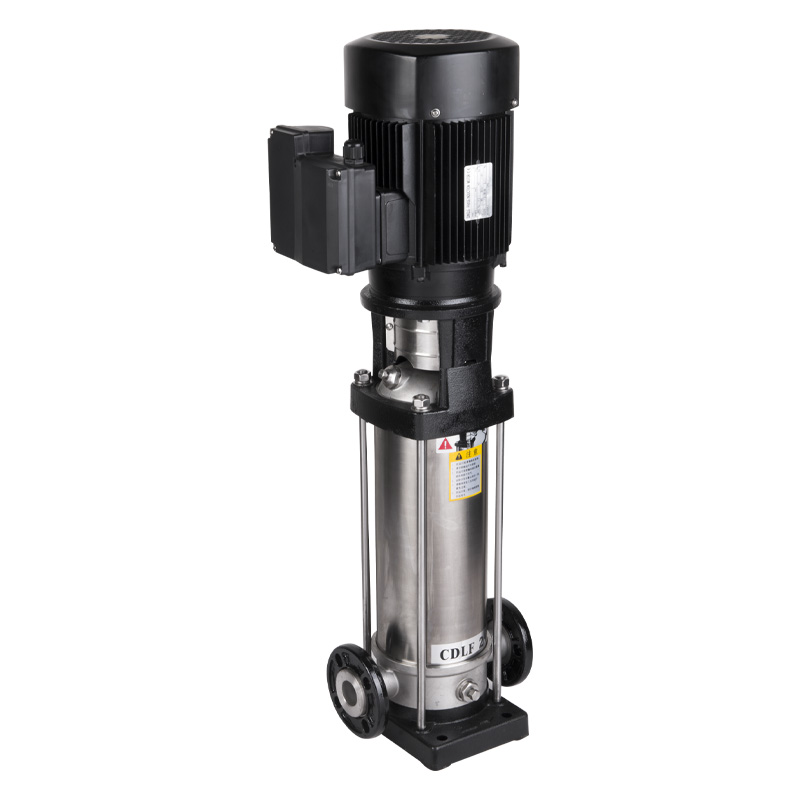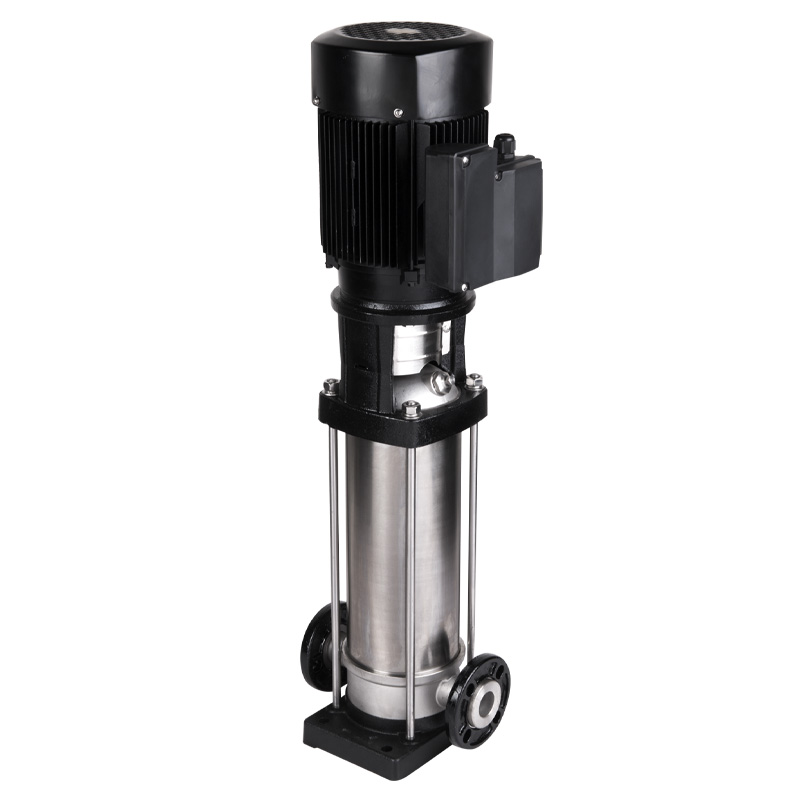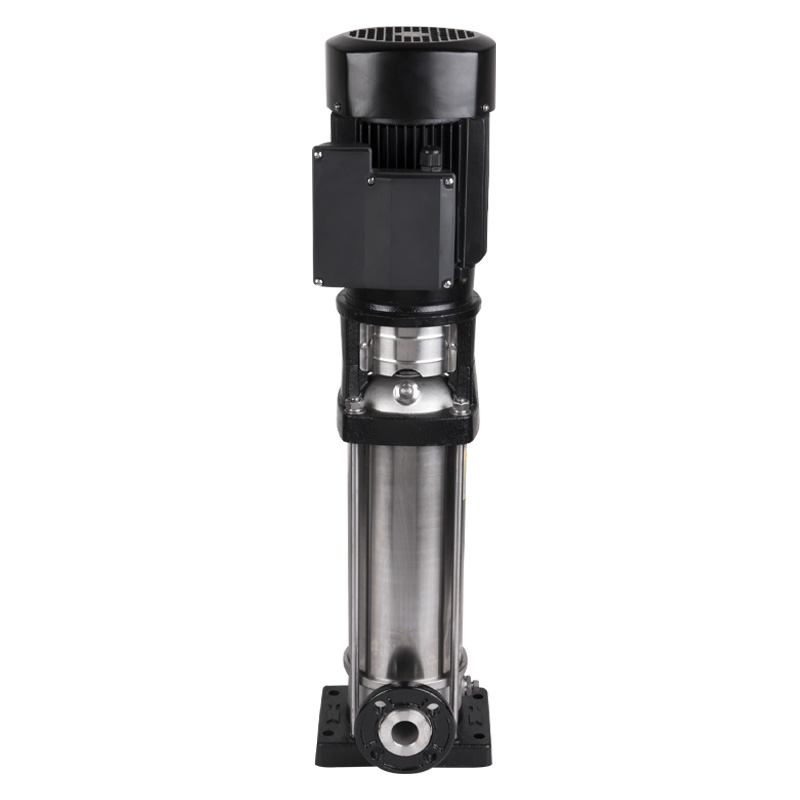The core difference between vertical multi-stage centrifugal pumps and horizontal multi-stage pumps lies in the installation method, which leads to differences in structure, land occupation, maintenance, and applicable scenarios. The vertical multi-stage pump is installed vertically, with the pump shaft perpendicular to the ground and the body in a “vertical long” shape, occupying a small area and suitable for narrow space scenarios (such as between floors and small pump rooms). Horizontal multi-stage pump, installed horizontally, with the pump shaft parallel to the ground and the body in a “horizontally long” shape, occupying a large area but requiring relatively simple installation foundation. The vertical multi-stage pump has a compact structure, but the core components (such as impellers and bearings) are vertically distributed. During maintenance, it is usually necessary to disassemble or lift the pump body as a whole, which is slightly more complex to operate. The horizontal multi-stage pump has a more unfolded structure, intuitive component layout, and does not require disassembly for daily inspections (such as seals and bearings) and maintenance, making it more convenient.
Vertical multi-stage pumps are preferred over space limited scenarios, such as high-rise water supply pressurization, small circulation systems, laboratory equipment matching, while horizontal multi-stage pumps are suitable for industrial scenarios with high flow rates, high lift, and sufficient space, such as mine drainage, power plant boiler feedwater, and large-scale chemical industry transportation.
Choosing a suitable multi-stage pump requires comprehensive consideration of multiple factors such as flow rate, head, medium, characteristics, installation environment, and budget.
Post time: Sep-29-2025





